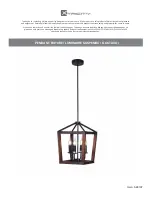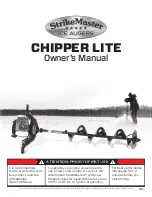
68
7. Quit the test.
8. If the valves check out, then you know they are at least capable of moving. That checks out most of the
electronics.
9. Your valves still may not be indexed properly. Indexing 902S servo valves is addressed in a separate
procedure that can be obtained from SuperFlow Customer Service.
The above tests verify that the servos can sweep and are not jammed. They also verify that servo valve
voltages are present and can move the valves through their entire rotation. The inlet valve should rotate
~225 degrees. The outlet valve rotates only 45 degrees.
If the above tests show that one valve or the other or both are not behaving correctly, the problem is
most likely with the servo valve, cabling, or associated electronics in the sensor box. The valves are
interchangeable and may be swapped from inlet to outlet to see if the valve is the issue or the electronics
in the sensor box are the culprit. When swapping the valves,
if they use an extension cable
, be sure to
use the extension cable when connecting the valve to the sensor box port.
Newer valves will not have the
extension cable
, but their cable will be 10 feet in length and pinned properly to allow direct connection to
the port on the box.
DO NOT USE the extension cables with the newer valves
that have the longer
cables attached to the valves.
Control Electronics:
The 1200A-2540 servo control boards inside the sensor box have in-line fuses in their cabling. It is always
a good idea to check those fuses with an Ohmmeter if one of your valves is not moving. The fuses are
5 amp slo-blo type, so a visual check is not sufficient. Use a meter to check them. The SuperFlow part
number for those fuses is E4320P-313005.
Figure 7.3 Check Fuses
Valve Closed and Open
adjustment pots.
Valve Jitter and Speed
adjustment pots.
Outlet and
Inlet config.
shunts.
7.0 Troubleshooting








































